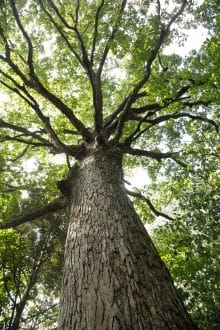RSS Feed Source: Academic Keys
Teaching Lecturer (Assistant Professor) in Biomedical Engineering
Shantou University – Department of Biomedical Engineering
The Department of Biomedical Engineering invites applications for multiple faculty positions with teaching focus. Applicants should have teaching expertise in neural engineering and rehabilitation, bio-MEMS, medical materials, tissue engineering, medical signal and image processing, and/or medical big data analytics. Founded in 2017, the Department of Biomedical Engineering at Shantou University is directly supported by a specially appointed grant from the Li Ka Shing Foundation (LKSF) and has greatly benefited from well-established engineering and medical disciplines which have produced outstanding results in both clinical education and scientific research. The Department of Biomedical Engineering aims to nurture talents who can combine knowledge and practice of engineering, computer technology, and life science. By leveraging international leading biomedical engineering curriculum from the University of Michigan and encouraging engagement in international and domestic collaborative projects,
Click this link to continue reading the article on the source website.



